The History of Fireworks
From humble origins as simple bamboo firecrackers to the modern classic chrysanthemum, fireworks have enjoyed a long and colorful history. The first fireworks were more like noisemakers than the impressive rainbow displays we enjoy today, but thanks to a series of accidental discoveries and creative chemical manipulations, pyrotechnics have evolved into amazing aerial displays.
Ancient Chinese Origins
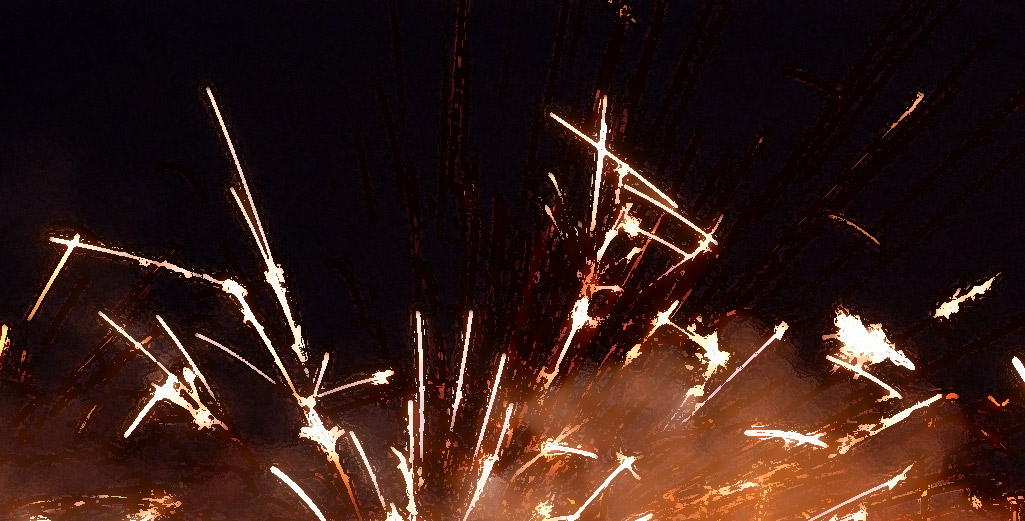
It’s widely accepted that fireworks originated in China, but were nothing like today’s sparkling rockets. More than two thousand years ago, simple firecrackers were called bàozhú, which fittingly translates to “exploding bamboo.” Bamboo stalks, which naturally develop hollow air pockets, were tossed into a roaring fire. The intense heat raised internal pressure until the bamboo stalk exploded with a startling bang.
These Ancient Chinese firecrackers were not used for entertainment but for protection. The unpredictable detonations scared away people with ill intentions and disturbed evil spirits. A well-timed bàozhú kept travelers and townspeople safe from harm.
Since bamboo is a natural product and the heat of a blazing fire varies, Ancient Chinese firecrackers were dangerous even among experienced handlers. There was a need for safer, more predictable blasts, but there wouldn’t be an upgrade for another thousand years.
The Arrival of Gunpowder
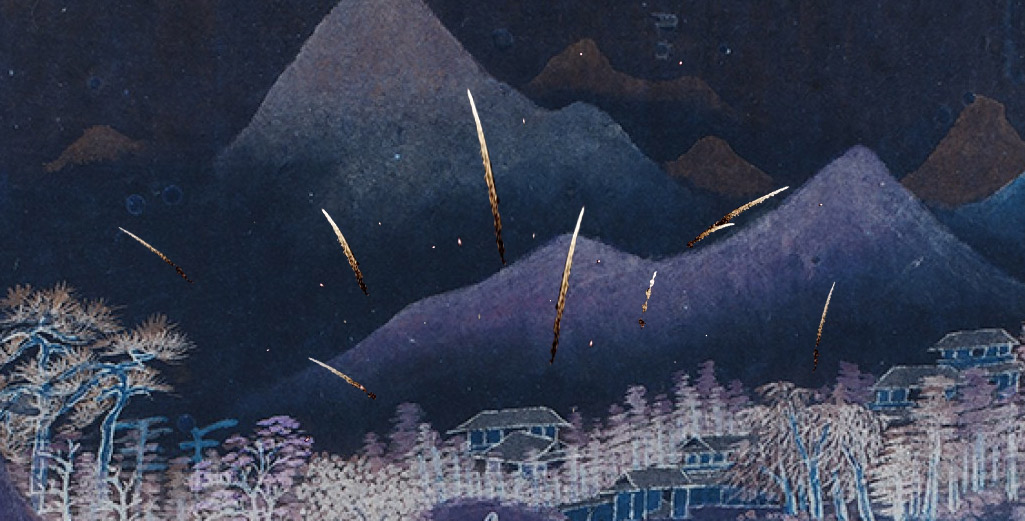
Gunpowder was probably created by accident, and its invention immediately changed the course of human history.
Aside from its more literal use, gunpowder was used to improve basic firecrackers. When added to bamboo by packing it into the hollow air pockets before burning, gunpowder resulted in more predictable and more impressive explosions. Later, the firecrackers’ blasts were given an entertaining twist with the addition of steel dust, iron shavings, and sand. These additives sparked and glittered as the bamboo exploded, making simple bàozhú a thing of the past. Fireworks and firecrackers were still used to deter evil spirits, but they would soon grow in popularity as a form of entertainment.
Paper Tube Launchers
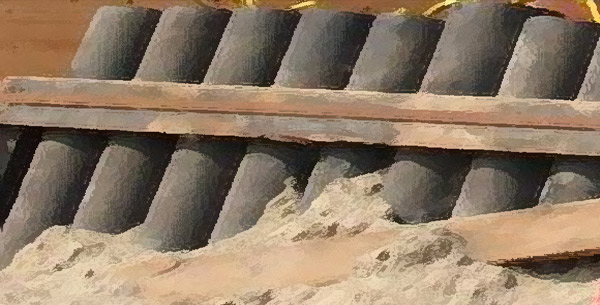
Paper tubes soon replaced the volatile bamboo stalks, and a fuse was attached to delay detonation. This improvement meant that fireworks no longer needed to be tossed into a raging fire and would explode more predictably. Suddenly, fireworks were much safer to handle and became more portable.
The new form of firework -- a packet of gunpowder and shrapnel with a fuse -- was essentially an early bomb. Naturally, militaries took notice and incorporated them into battle. When attached to arrows, these bomb-like 10th century paper fireworks had a devastating effect.
However, many recognized the nonviolent potential of shooting off paper fireworks, and the evolution of gunpowder diverged. This technique of launching fireworks into the sky for a timed detonation was a game changer and is, in fact, very similar to today’s pyrotechnic techniques. Illuminating the sky with these new, more advanced paper fireworks made for an amazing spectacle.
The performance caught the eye of religious leaders, politicians, and entertainers who turned fireworks into an art form. It wasn’t long before fireworks were no longer used only to ward off evil, but for celebrations and entertainment for the elite.
Italian Innovation & International Popularity
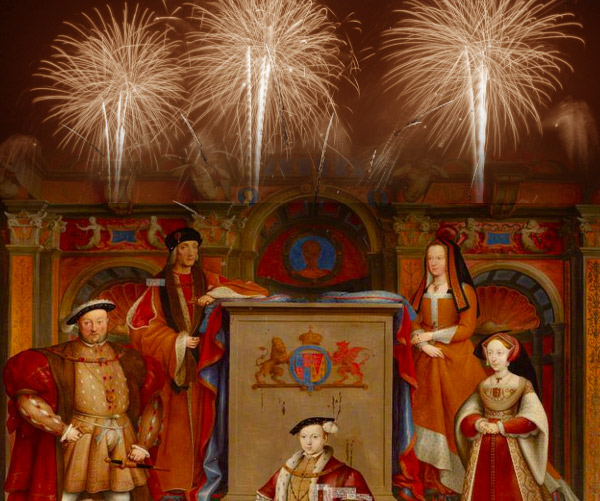
Many historians suggest that the famed Italian explorer, Marco Polo, brought gunpowder from China to Europe. By now, fireworks (commonly called “Chinese flowers”) were frequently featured in festivals across China and would soon spread across Europe. Until this point, fireworks were imported and constructed exclusively in China. After gunpowder was brought to Europe, however, Italians copied the manufacturing process and made their own improvements to maximize entertainment value.
At this time, fireworks were uncolored and all sparks were gold or orange with burning metal granules that made the explosions sparkle. In the 14th century, it was discovered that with certain chemical additives, colorful smoke would billow from the blast. Following this discovery, the popularity of fireworks spread like wildfire to other countries.
The 16th and 17th centuries saw a boom in the popularity of pyrotechnics. “Firemasters” orchestrated explosive shows, complete with fireworks set off by “green men,” so-called because they plastered themselves in fire retardant leaves. These hardworking green men were masters of entertainment, igniting an international love of fireworks.
Fireworks set the backdrop to many major celebrations of the time, including Henry VII’s wedding day, the coronation of Anne Boleyn (Henry VIII), and were set off nearly constantly over the palace of Versailles. In one especially over the top celebration, Russian Czar Peter the Great enjoyed a five-hour fireworks show to commemorate the birth of his son in 1690.
The General Population Takes its Share
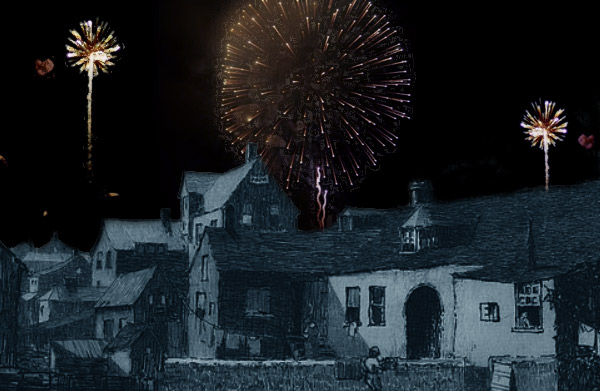
Science and safety had improved, so fireworks were no longer exclusive to the rich. Anyone could celebrate with their own fiery displays; from political rallies, religious events, marriages, births, or any celebration of joy, everyone in Europe enjoyed fireworks. Early American settlers brought fireworks to North America, where they enjoyed extreme popularity in the United States; their first Independence Day was celebrated with exaggerated explosive fireworks displays: a tradition that persists today.
Adding Color

In the 1800s, Italian firework enthusiasts upped the theatrics by adding trace metals and chemicals to the gunpowder. Different chemicals burn at different rates and temperatures, which results in different colored flame.
Once colors were added, it didn’t take long to spark further creativity. New colors, different types of explosions, and shapes appeared on the scene. The format of fireworks shifted from simple tubes and shells to include much more complex configurations. Peonies, Roman candles, diadems, and horsetails quickly became celebratory staples.
Pyrotechnics Today
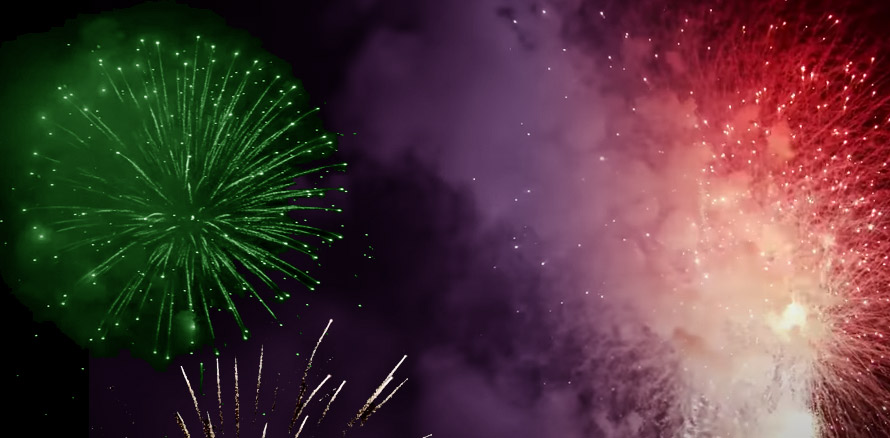
Most of today’s fireworks are made of a shell, a fuse, a tube of gunpowder, colorant, and late-bursting pods that activate the cascade of sparks. This is enough to bring any firework to life, but “stars” are the real star of the show. Pellets or shells filled with colorants, oxidizers, and chemicals are neatly arranged inside a larger shell filled with explosive powder. When ignited, the stars burst into a specific arrangement, making circles, exciting shapes, and even alphabetical letters appear in the sky.
Modern fireworks have integrated special sound elements for a multi-sensory experience, harkening back to the original bamboo firecrackers. Impressive bangs, crackles, and heart-pounding booms stir the crowd. Thanks to scientific and creative advancement, modern fireworks are safer, longer running, more beautiful, and are louder than ever.
Even Home Use
At-home firework enthusiasts can enjoy their own pyrotechnics, too. When used responsibly, anyone can put on their own awe-inspiring show to celebrate anything from a sacred holiday to a backyard barbeque. Roman candles that blow off sparks nearly endlessly, noisy firecrackers, poppers, sparklers, and colorful smoke bombs have come a long way from unpredictable bamboo explosives.
However, even with some precautions, thousands of people, including bystanders, get burned or injured every year trying to make their own private firework shows. Therefore it is not recommended to use fireworks without a professionally planned setup and some minimum security standards.
At some extent, too many Fireworks being used in highly populated cities in one evening can increase air pollution contamination problems. This often happens in India for example, during Diwali celabration, where authorities had to outlaw pyrotchnic usage.
A Festive and Joyful Art Spectacle
Fireworks are an international language of joy and almost synonymous with New Year’s Eve, but they illuminate the night sky on any number of holidays. Enjoy a nighttime show on July 4th in the U.S., Bastille Day in France, Diwali in India, Guy Fawkes Day in England, All Saint’s Day, Canada Day, and many Independence Days around the world. And of course, some of the world’s most outstanding fireworks are on display for the Chinese New Year.
Sources
history.com/news/fireworks-vibrant-history
livescience.com/63468-fireworks-history.html
ssec.si.edu/stemvisions-blog/evolution-fireworks
time.com/4828701/first-fireworks-history-july-4th/
fireworks.co.uk/firework-history
nationalfireworks.ca
smithsonianmag.com/arts-culture/14-fun-facts-about-fireworks